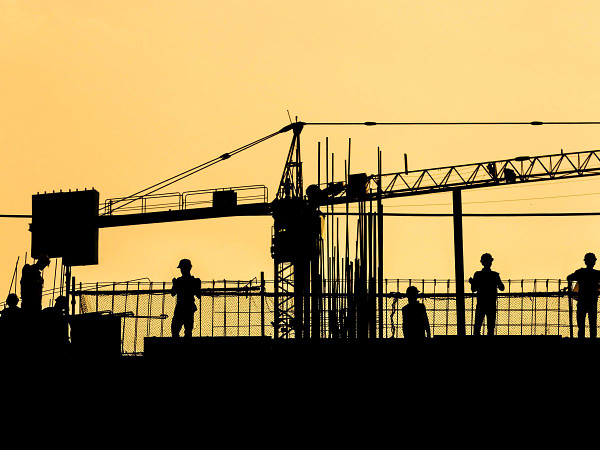This is the first post of the Vision Fund Tales where we explore the fates of the companies backed by Soft Bank's $100 Billion fund.
To get future posts:
The Start
Katerra was founded by Michael Marks. Before starting the company, Michael was the CEO of Flex, a manufacturing contractor used by Microsoft, Cisco, and HP. After leaving Flex, he became an investor and even was an interim CEO of Tesla for some time! But it was time for Mike to start something new, and he decided to revolutionize the construction industry.
The How
Marks had the vision to streamline the construction process by coordinating between the different players and standardizing design similar to the automotive industry.
Traditionally, developers hire an architect for the design and then solicit general contractors to build the structures. The General contractors then hire subcontractors such as electricians and plumbers.
Katerra planned to control the entire process eliminating inflated prices and inefficiencies.
To make the design process more efficient and cost-effective, the company made a set of premade plans which could be mixed and matched to generate custom configurations.
The novel process was expected to make construction 50% faster and cost 50% less!
The Rise
It isn’t that easy to convince real estate investors to change their ways but Katerra was lucky. One of its cofounders—Fritz Wolff— was an enlightened real estate investor who believed in the company’s potential. He booked over $500 million in projects helping kick off the company’s operations.
Startups with grandiose goals got very lucky in 2018 since a good samaritan known as SoftBank was throwing its $100 billion left and right. That year, Soft Bank lead an $865 million funding round in Katerra.
In order to control the entire process, the company opened several facilities in the US to manufacture wood products, steel parts, and other components. It even acquired a lighting factory in China!
Several general contractors and design firms were acquired to achieve the goal of vertical integration.
By late 2019, Katerra claimed it had a project pipeline worth over $15 billion!
By mid-2020, Katerra had raised over $1.5 billion and hired over 8,000 employees to achieve its mission!
The Collapse

While it would appear to an outsider that Katerra was thriving, many insiders knew that the company was struggling to meet expectations.
In May 2020, the board fired CEO Michael Marks after the company had burnt through the money raised and failed to meet financial goals under Marks’s watch.
A month later, Katerra launched a probe into its accounting. It was discovered that the company inflated the sales of its profitable apartment renovations division in order to lure investors.
In June 2020, 400 employees were laid off.
In December 2020, Softbank agreed to provide $200 million on top of the $2 billion it had already invested in the company.
The investment was made as a last resort to help Katerra avoid bankruptcy.
Unfortunately, the new funding couldn’t help Katerra to keep going for too long. In June 2021, Katerra shut down siting struggles due to increasing labor and materials costs.
Some people would argue that Katerra failed because early management didn’t have a construction background. Others could blame it on the lack of synergy between the acquired companies. But perhaps, Katerra just spread itself too thin trying to control the entire construction process.
Masayoshi Son clearly had high aspirations for the Vision Fund, and for the most part, it succeeded. But it wasn’t all roses. Many of the funded startups ended up being flops.
This is the first post of the Vision Fund Tales where we explore the fates of the top companies the fund backed.
To get future posts:
If you liked the story sharing the thread on Twitter is really appreciated. Thank You!








